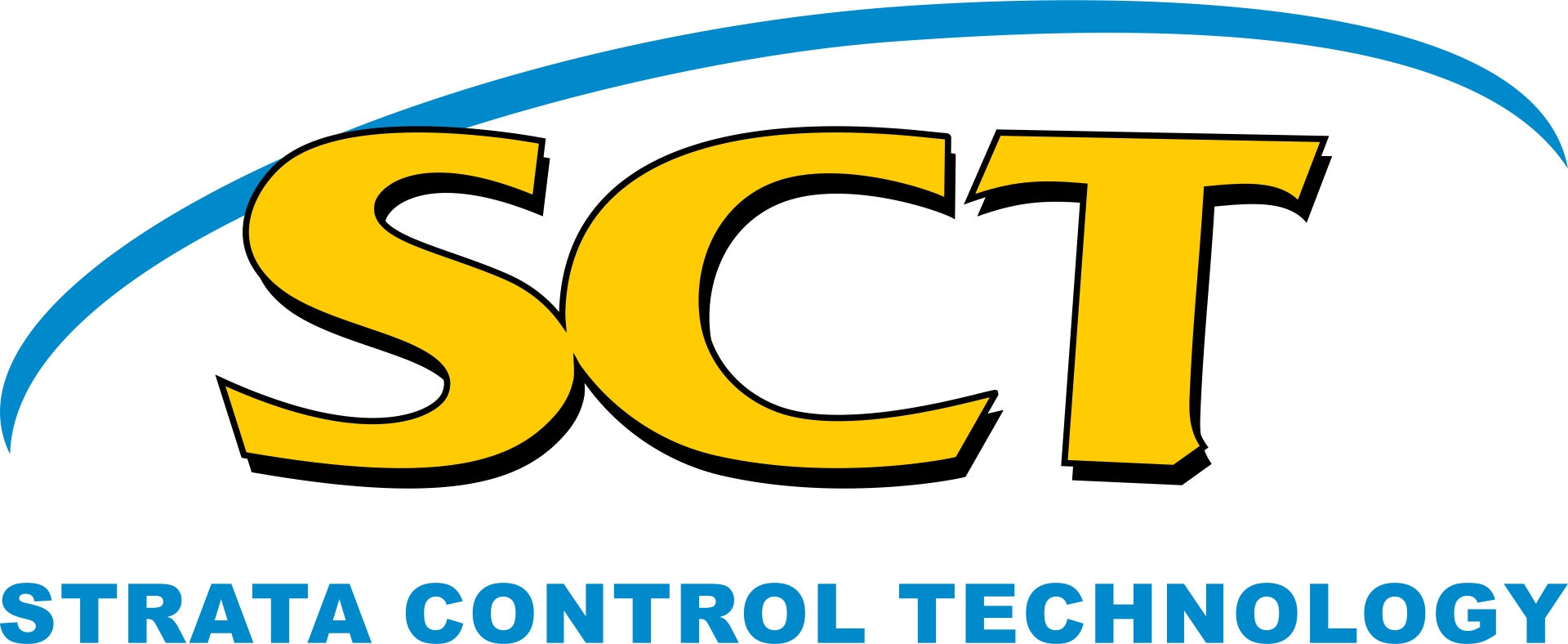Caving of overburden strata, as occurs during longwall mining, results in fracturing through intact rock and the development of new flow pathways. The resultant hydraulic conductivity of the rockmass can be 4 to 10 times greater than the pre-mining “tight” formation conductivity.
In situ assessments of hydraulic conductivity prior to mining therefore need to recognise the significant hydraulic enhancement (damage) to the rockmass resulting from caving. The timing and distribution of new flow pathways about the caved zone - both above and below the extracted horizon – are likely to result in gas and water migration.
Computer modelling of caving provides a method to assess the hydraulic conductivity of the overburden. Quantification of the enhanced hydraulic conductivity resulting from mining based on the mining induced fracture network resulting from numerical modelling studies. The resultant fracture related conductivity is controlled by the normal stress acting on mining induced fractures – something that is best assessed through numerical simulation.
SCT has validated the modelling methodology through research (ACARP) and industry field testing programs at a range of mine sites. Validation has included post caving coring, borehole cameras, image logs, packer testing, mine inflow and helium tracer measurements.
The computer modelling provides a method for determining site specific hydraulic conductivity based on mine geometry, stratigraphy, lithology, extraction height and extraction method.
Overburden hydraulic conductivity assessments provide site specific values of mining induced hydraulic conductivity for input into groundwater, gas flow and ventilation models. Data is used in both mine feasibility studies and operational mine investigations.
SCT works with a range of third party groundwater, gas and ventilation consultants and can provide data in a range of formats to integrate with their software packages.
